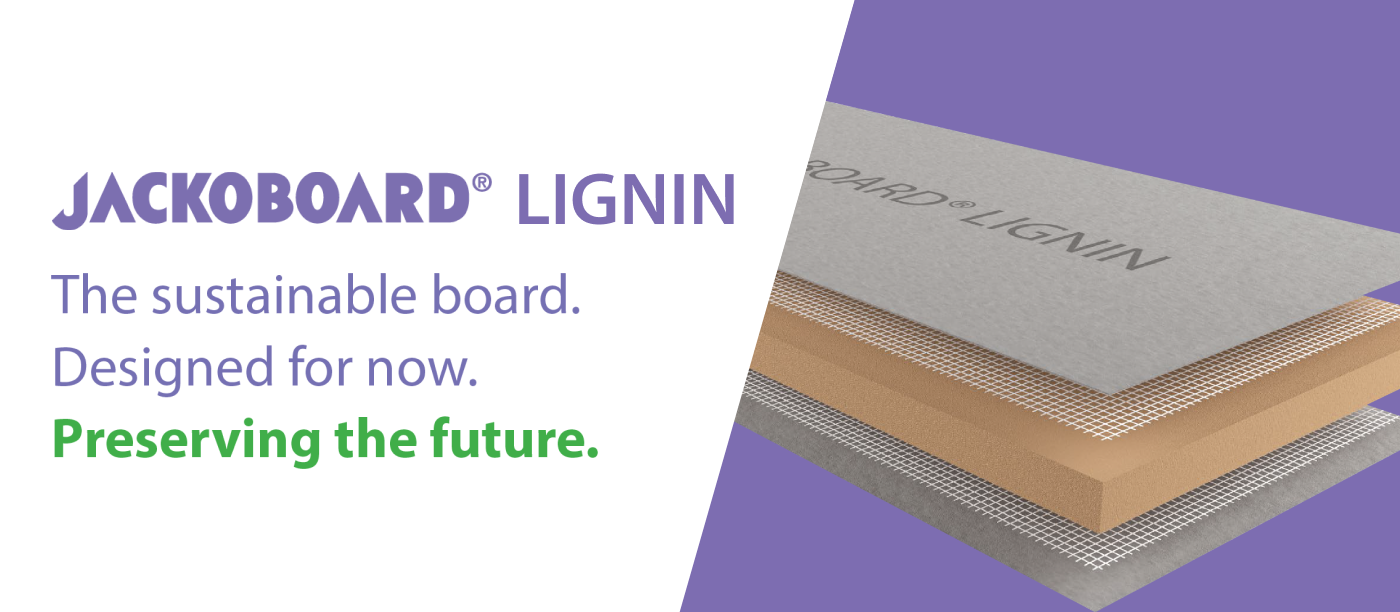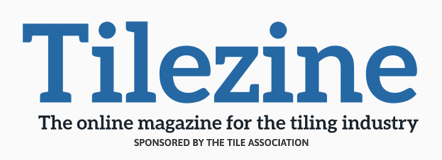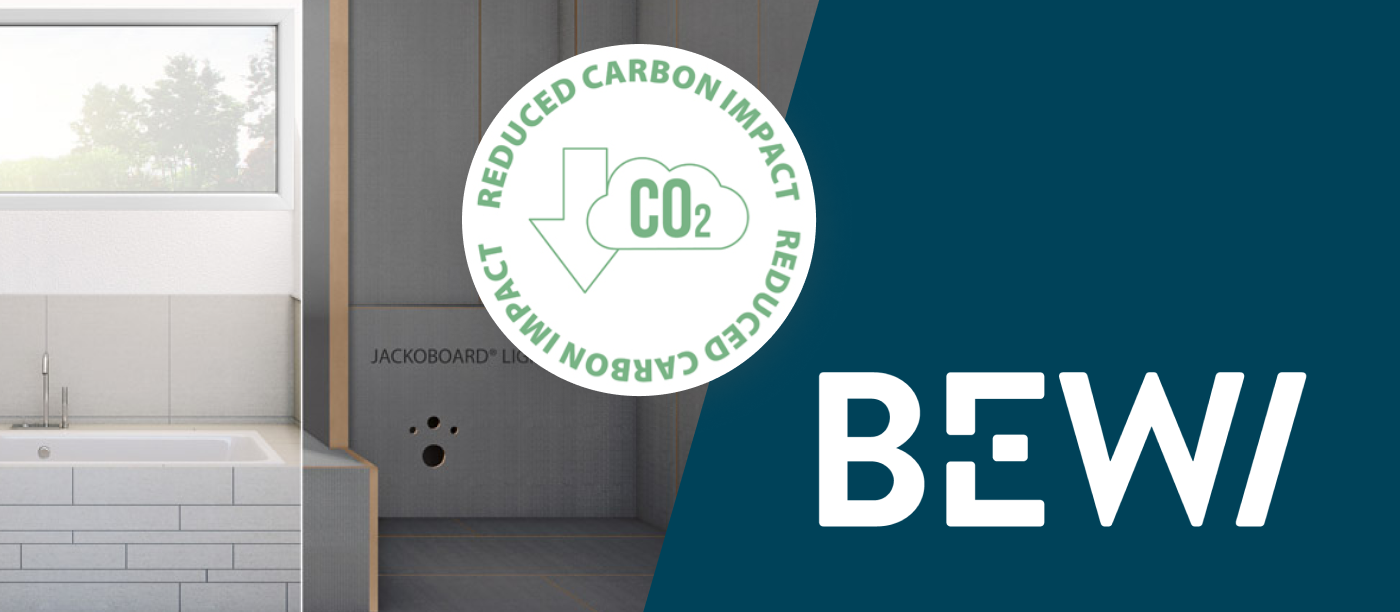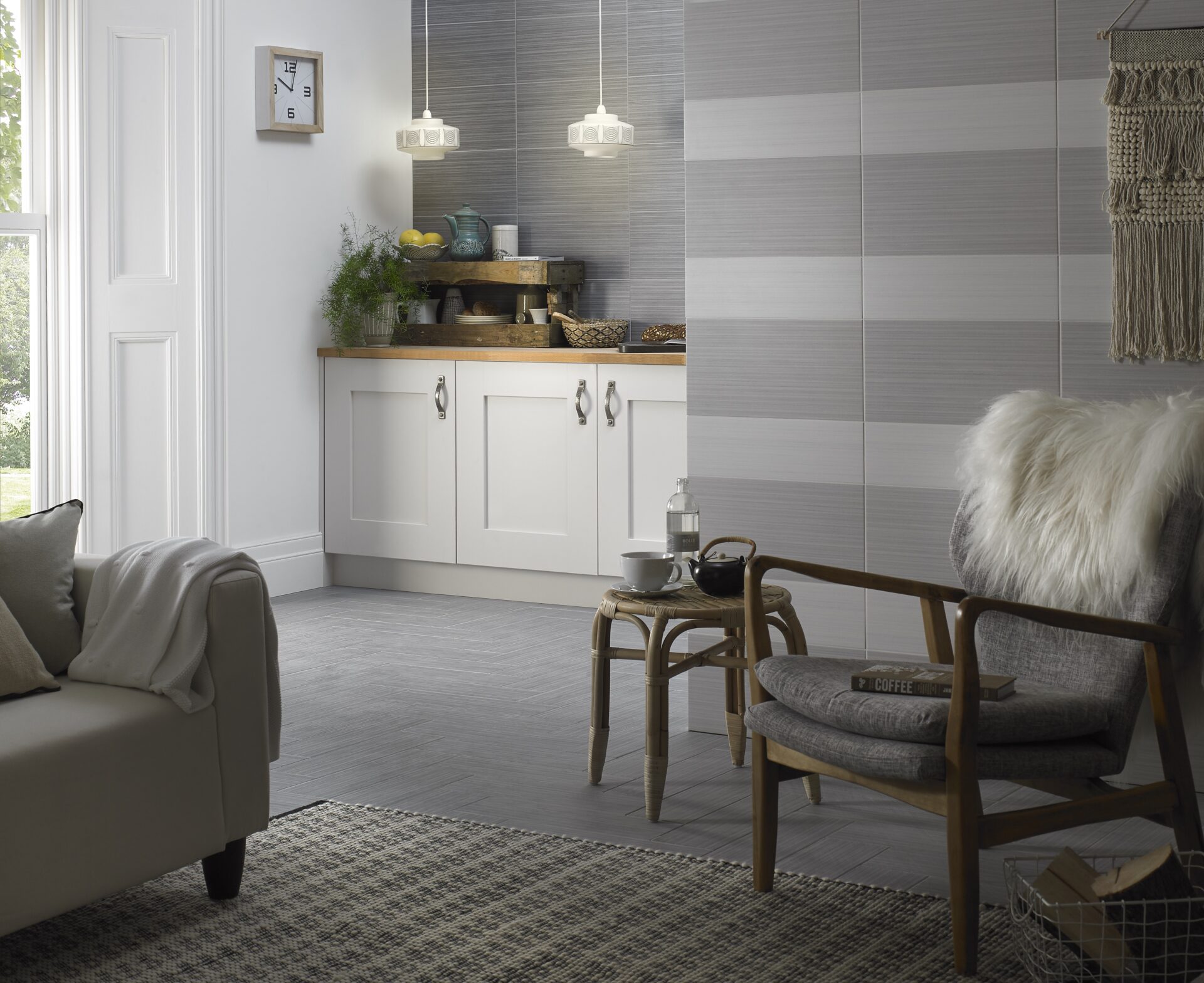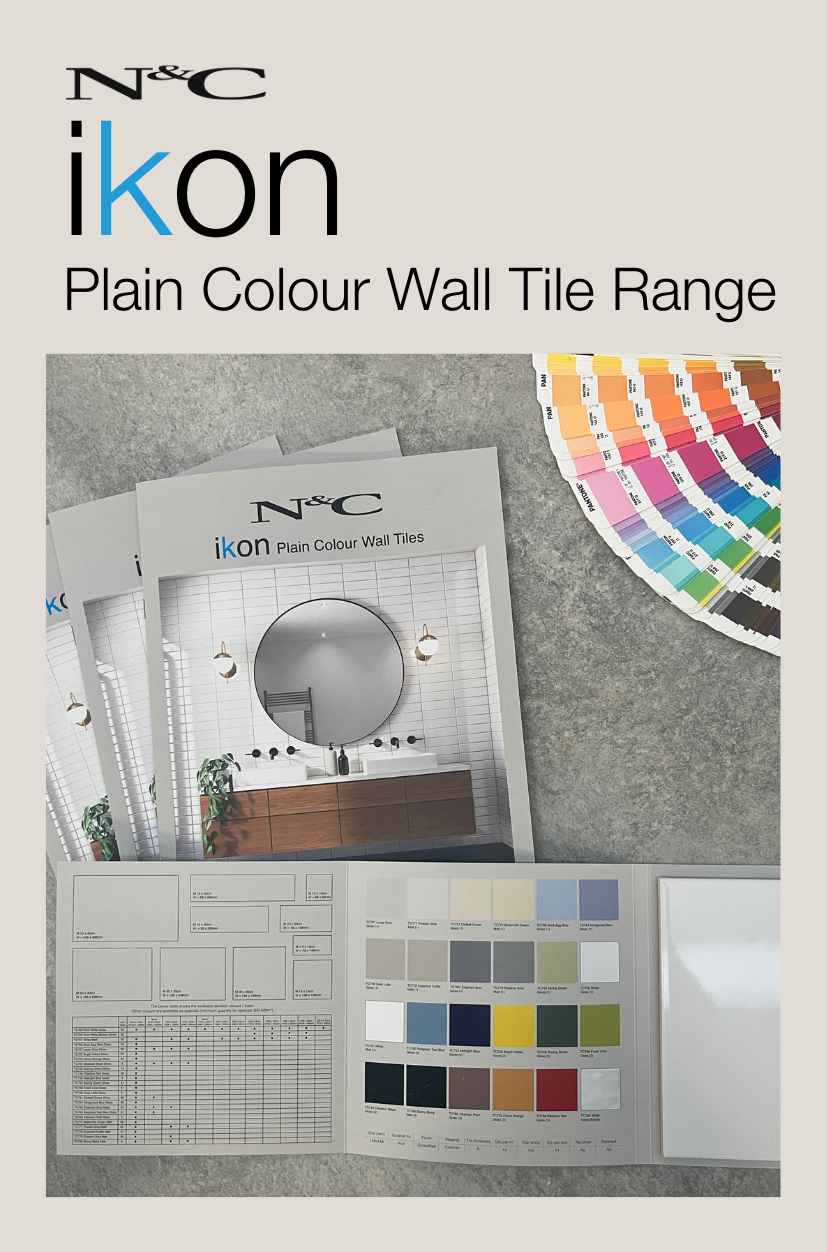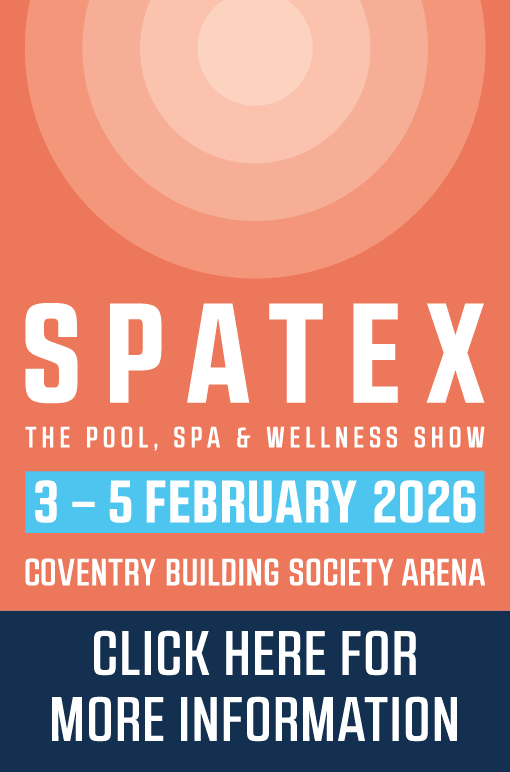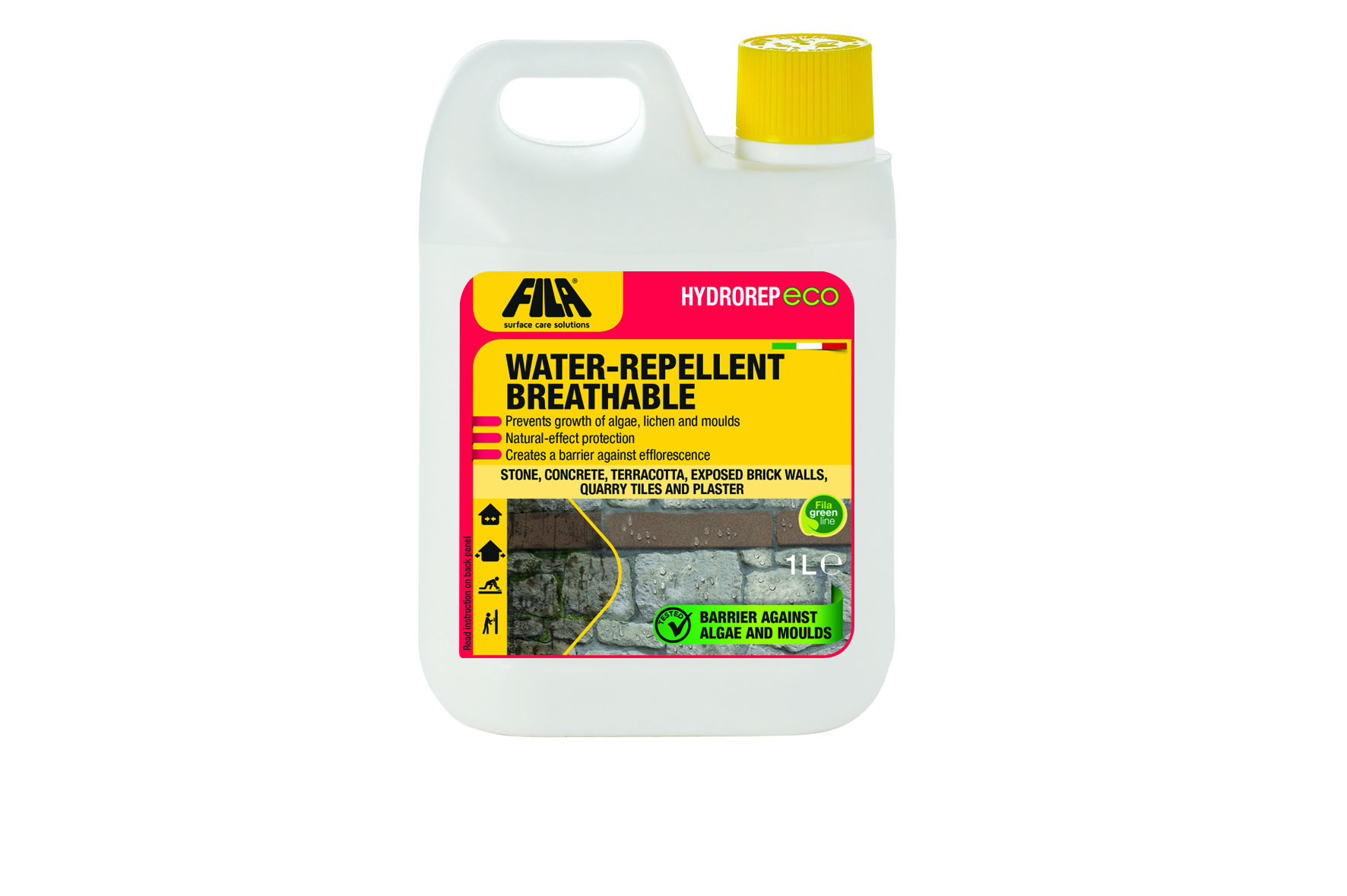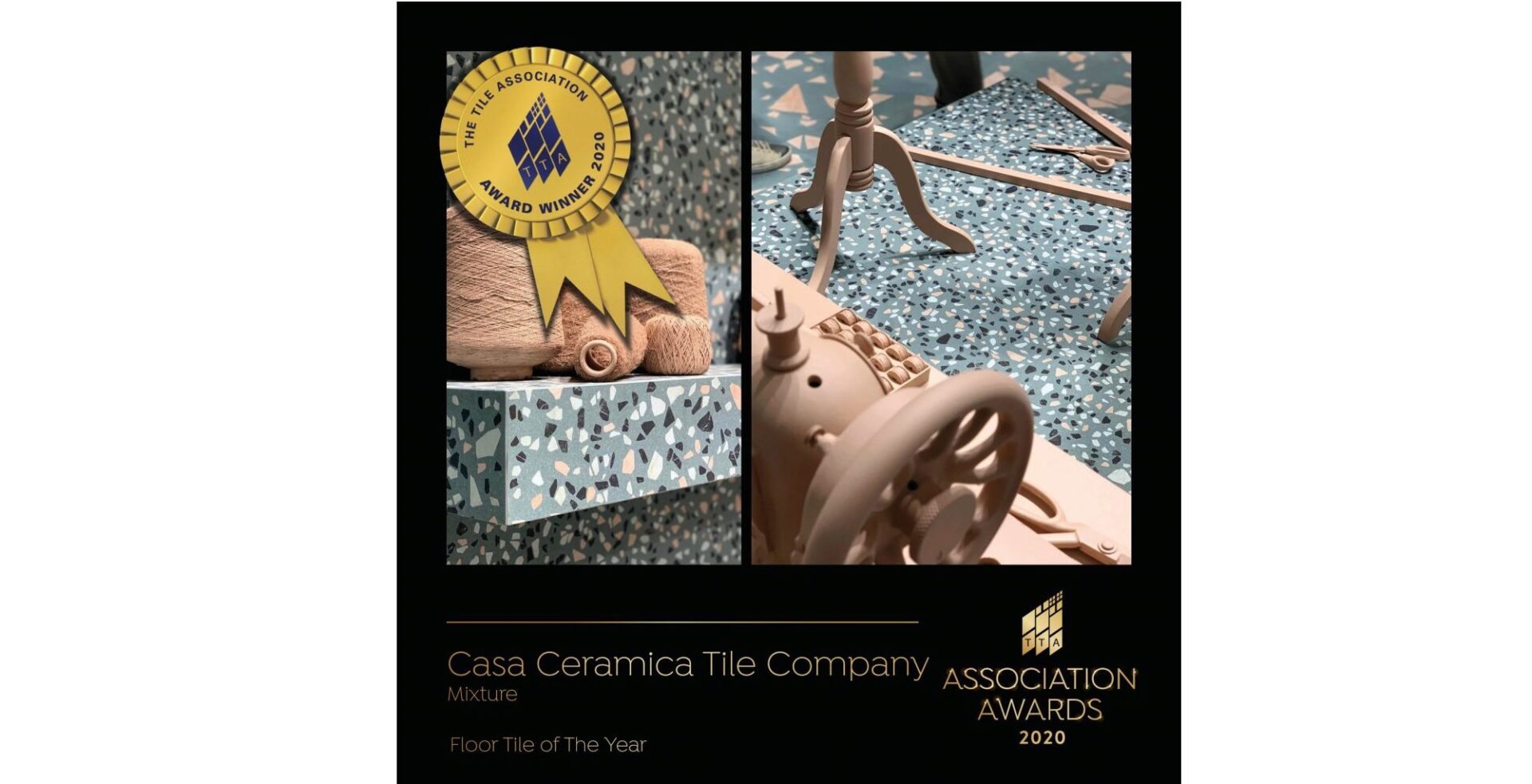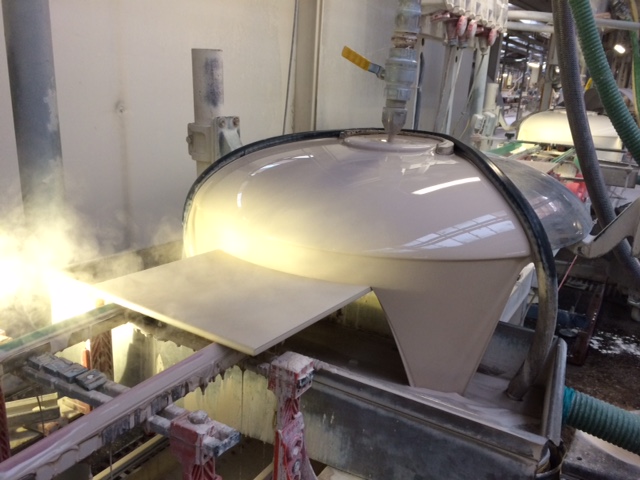While some tile manufacturers threw out the old with the new, British Ceramic Tile has chosen to re-evaluate its production techniques, fusing together two manufacturing processes to deliver product collections with the extra wow factor.
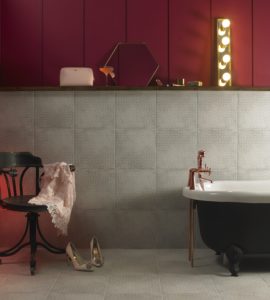 With sales of collections such as Luna and Ted Baker Geometric growing month on month, the company has plans to increase its product portfolio to include more ranges that offer an innovative production process which combines the latest in inkjet technology with rotocolour printing.
With sales of collections such as Luna and Ted Baker Geometric growing month on month, the company has plans to increase its product portfolio to include more ranges that offer an innovative production process which combines the latest in inkjet technology with rotocolour printing.
This clever combination of old and new production methods is reaping rewards for the company, creating ceramic tile collections that offer an unrivalled level of detail, as well as enhanced textured effects.
British Ceramic Tile’s head of retail marketing and brand, Jayne Adamson explains: “When the first generation of inkjet printers arrived, most tile manufacturers made their rotocolour machines obsolete, in favour of the new production technique, whereas we made a bold choice to embrace both methods. The results have been impressive. Our growing sales figures demonstrate how well these tile collections have been received in all markets.”
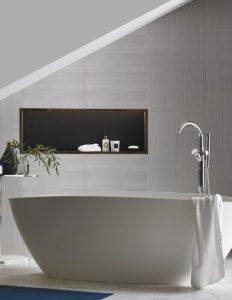 By combining inkjet printing with rotocolour, the company is able to add a range of extra effects to ceramic tiles with pattern, texture and special lustre finishes creating the next generation of designs.
By combining inkjet printing with rotocolour, the company is able to add a range of extra effects to ceramic tiles with pattern, texture and special lustre finishes creating the next generation of designs.
Jayne adds: “Inkjet printing paved the way for many tile manufacturers. The level of detail is incredible, allowing realistic stone and wood-effects to be easily created. The technology is such that we can print directly on to structured tiles and design collections that differ from tile to tile for a more natural look. Add in the special effects from the rotocolour machines and we will continue to push the boundaries of tile design. Tiles are becoming the surface covering of choice for many consumers, rivalling paint and wallpaper, and its our job as manufacturers and ambassadors to keep inspiring the end user by raising the standard in production techniques.”
